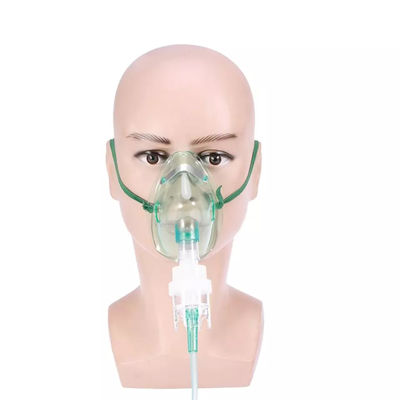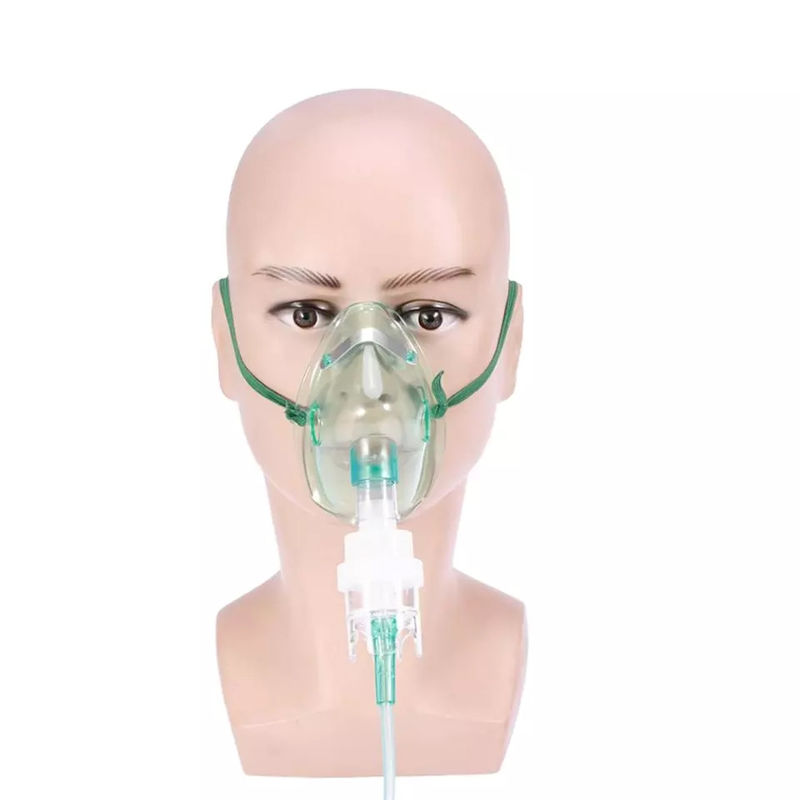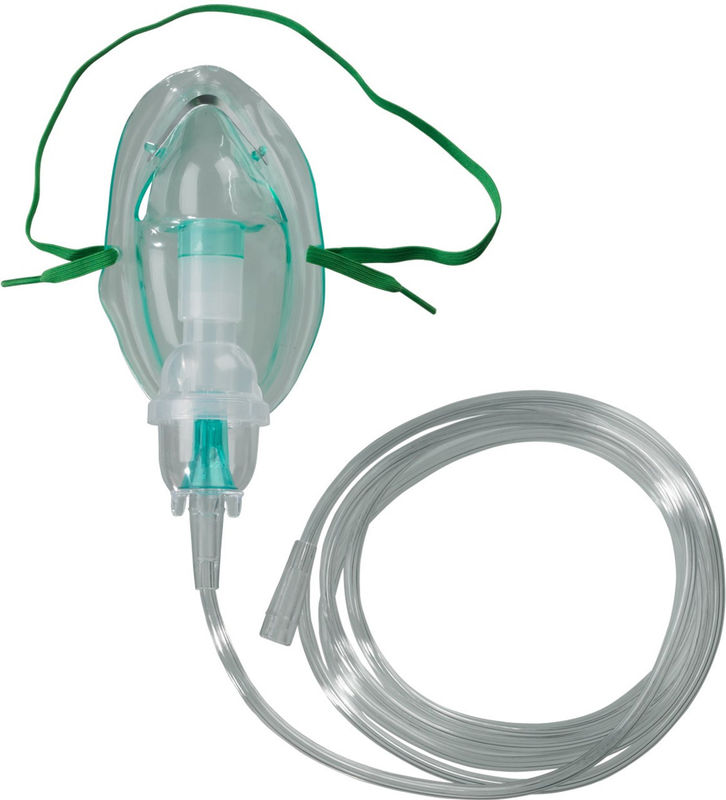
PVC Venturi Oxygen Mask 6ml 8ml Pediatric Oxygen Nebulizer Mask With Oxygen Tube
-
Highlight
Venturi Oxygen Mask 8ml
,8ml Pediatric Oxygen Nebulizer Mask
,Venturi Oxygen Mask 6ml
-
Product NameNebulizer Mask With Oxygen Tube
-
Material100% Medical Grade PVC
-
ApplicationRespiratory Care
-
SizeAdult,Pediatric Or Customized
-
OEMAccept
-
SampleAvailable
-
ColorGreen Or Customized
-
Disinfecting TypeEO
-
Place of OriginChina
-
Brand NameHenan Aile
-
CertificationISO
-
Model NumberNebulizer Mask with tubing
-
Minimum Order Quantity5000pcs
-
PriceNegotiable
-
Packaging Detailsindividually wrapped or customized
-
Delivery Time15-30days
-
Payment TermsL/C, T/T
-
Supply Ability5000000pcs/week
PVC Venturi Oxygen Mask 6ml 8ml Pediatric Oxygen Nebulizer Mask With Oxygen Tube
Disposable Medical Portable Pvc Oxygen Nebulizer Mask with Oxygen Tube
Nebulizer with aerosal Mask
Composed mask and nebulizer , is made from the raw material of PVC, PP, PC and PE, the mask has the excellent characteristics of moderate hardness and good biocompatibility.
The nebulizer mask has double actions of mask and nebulizer, it can convey oxygen or steam to the patient connected with respiratory system, meanwhile nebulizer can nebulize liquid or solubility medicines and conveys them to the patient.
![]()
1. PVC Oxygen Mask:
- The mask is typically made of medical-grade PVC (polyvinyl chloride), which is a flexible and transparent material.
- It covers the nose and mouth of the patient to facilitate the delivery of supplemental oxygen.
2. Oxygen Tube:
- The oxygen tube is a flexible tubing that connects the oxygen source (such as an oxygen concentrator or cylinder) to the oxygen mask.
- It allows the flow of oxygen from the source to the mask.
3. Nebulizer:
- The nebulizer component is designed to convert liquid medication into a fine mist or aerosol.
- Medications, such as bronchodilators or corticosteroids, can be added to the nebulizer to be inhaled by the patient.
4. Adjustable Nose Clip:
- Some masks may have an adjustable nose clip to secure the mask comfortably on the patient's face.
5. Elastic Strap:
- An elastic strap is often included to secure the mask around the patient's head, ensuring a proper fit.
These masks are commonly used in respiratory care for patients who require both oxygen therapy and nebulized medications. They are convenient for delivering aerosolized medications to individuals with respiratory conditions such as asthma, chronic obstructive pulmonary disease (COPD), or other respiratory infections.
![]()
| Name | Nebulizer Oxygen Mask |
| Material | Clear soft, non-toxic PVC |
| Component | Mask, tube, nebulizer |
| Size | S/M (Children) L/XL (Adult) |
| Nebulizer Volume | 6 ml , 8 ml |
| Tube Length | Customized |
| Sterile | EO gas sterile |
| Packing | Easy to tear open; prevent-leakage; waterproof |
![]()
Is nebuliser mask and oxygen mask are same?
Nebulizer masks and oxygen masks are similar in that they both involve the delivery of respiratory therapy, but they serve different purposes and are designed for different treatments.
1. Oxygen Mask:
- An oxygen mask is used primarily for delivering supplemental oxygen to patients with conditions that result in low blood oxygen levels.
- It covers the nose and mouth and is connected to an oxygen source, such as an oxygen concentrator or cylinder.
- The oxygen mask ensures that the patient breathes in a higher concentration of oxygen than what is present in the surrounding air.
2. Nebulizer Mask:
- A nebulizer mask, on the other hand, is designed for the administration of nebulized medications.
- It includes a nebulizer chamber that converts liquid medication into a fine mist or aerosol, which the patient inhales.
- Nebulizer masks are commonly used to deliver bronchodilators, corticosteroids, or other medications directly to the lungs, making them effective for treating respiratory conditions like asthma or chronic obstructive pulmonary disease (COPD).
While the basic function of both masks involves the respiratory system, their specific purposes and applications differ. Some masks are designed to serve both functions, allowing for the delivery of supplemental oxygen and nebulized medications. These masks typically have dual functionality, with a port for connecting to an oxygen source and a nebulizer chamber for administering medications.
An oxygen concentrator has a very different function from a nebulizer, so they differ quite significantly. A nebulizer is used to deliver medication in the form of a mist directly to the lungs, while an oxygen concentrator is used to deliver medical oxygen to the lungs, which is pulled from the surrounding air.
![]()
Can an oxygen concentrator be used as a nebulizer?
Patients are not given oxygen through nebulizers, and medication is not given using oxygen concentrators. Though they might work well together, they serve different objectives and should not be utilised simultaneously.
While an oxygen concentrator and a nebulizer serve different functions, it is possible to use an oxygen concentrator in conjunction with a nebulizer to deliver nebulized medications. However, it's important to note that a nebulizer requires a compressed air source to function, and the oxygen concentrator can provide this source of air.
How many liters of oxygen does a nebulizer use?
The small-volume nebulizer should be operated at gas flows of 6 to 8 L/minute and with a total solution volume of about 4 mL to optimize the volume of drug delivered.


